Virtual reality (VR), previously an idea for gaming and electronics lovers, is now altering advertising, offering brands an opportunity to engage their audience as has never been possible before. Just think about the poss
ibility of going into a virtual supermarket, fitting dresses without going physically into someone else’s store, or visiting a place before deciding to go on vacation there. These experiences are fast becoming the standard in VR marketing. Hailed as the latest marketing innovation, this relatively new method is revolutionizing the way consumers engage with brands through a unique acronym for entertainment, interaction, and personalization. It is about time to look at how marketing is revolutionized through VR and AR concepts.
Table of Contents
- Immersive Product Demos
- Virtual Showrooms
- Experiential Storytelling
- Personalized Advertising
- Gamified Ads
- Virtual Try-Ons
- Interactive Retail Experiences
- Virtual Events and Expos
- Location-Based VR Campaigns
- Enhanced Customer Insights
- Training and Education Campaigns
- Social Media and VR
- AR and VR Together
- Global Reach with VR
1. Immersive Product Demos
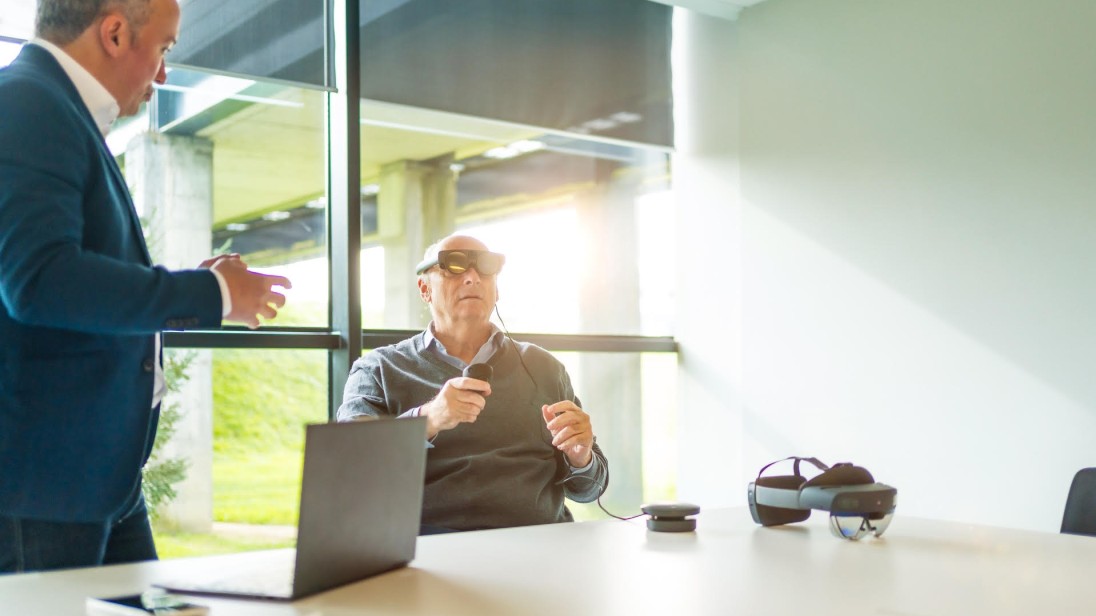
Why Immersive Demos Matter
Virtual reality not only teaches the customer about the product like ordinary advertisements but also enables the customers to engage with the product in a completely real manner. There should be 3D demos in which users can handle products without physically holding the item, which can help to understand what is being sold. This leads to better choice making by the customers hence improve satisfaction and trust in the brand.
Industry Examples
- Automotive Industry: Other car brands provide an opportunity to feel like a driver without leaving home by providing a virtual test drive. For instance, this can save the time required to select cars by providing a virtual and easy way for customers to physically test different car models' features without leaving the comfort of their homes in order to arrive at their desired choice.
- Real Estate: Potential buyers can view the interior and exteriors of structures together with the layouts, sizes, and other features of the rooms through VR. This situation is particularly beneficial to those that conduct their purchases online or those that cannot physically get to the store.
- Retail and Fashion: Fashioners apply VR to let customers experience apparel and other accessories. Users can try different combinations of styles and colours at the same time and it makes the shopping process more enjoyable and customers will be more confident while choosing clothes.
- Consumer Electronics: Manufacturers apply VR to enable customers to engage with their products, such as smartphones, smartwatches, or home appliances. Buyers are in a better position to touch and feel the screens and ascertain product features such as size and functionality before purchasing the products.
- Travel and Tourism: Travel brands incorporate VR to show people what experiencing a certain destination, hotel or attraction will feel like. This assists the customers in finding various destinations and making appropriate decisions on their holidays to make.
They create memorable experiences for their customers, helping them make a purchase more easily.
2. Virtual Showrooms
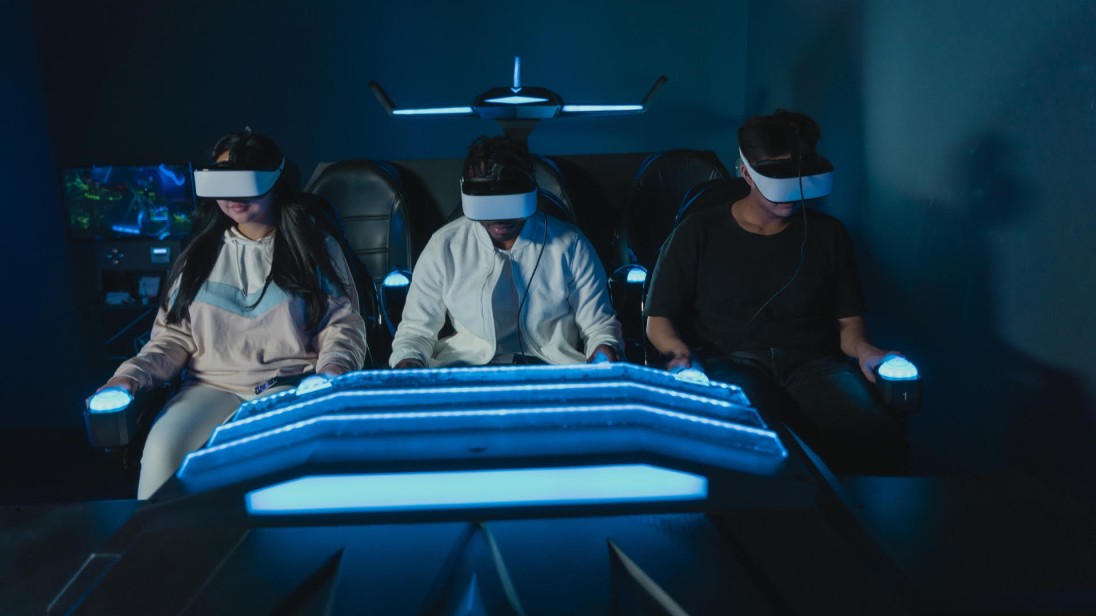
How Virtual Showrooms Work
In other words, with VR, there are no constraints that are possible due to the limitations of physical human bodies. Businesses can establish platforms through which customers can be able to access product galleries and explore respectively. These showrooms are as complex as an actual store, present a 360-degree view, and even let consumers ‘stroll’ through the aisles. It comes with rationality as VR showrooms eliminate the possibility of merely browsing for products as is the case with online shopping.
Case Studies: IKEA and Others
For instance, through VR technology, IKEA enables customers to see how a specific piece of furniture would look and where it would fit in their homes, and all this before the purchase is made. For a better shopping experience, virtual showrooms are also applied not only in the automotive and electronics industries. For example, today, car brands Audi and BMW established virtual showrooms in which buyers can examine models, select additional options, and test-drive cars without leaving home.
3. Experiential Storytelling
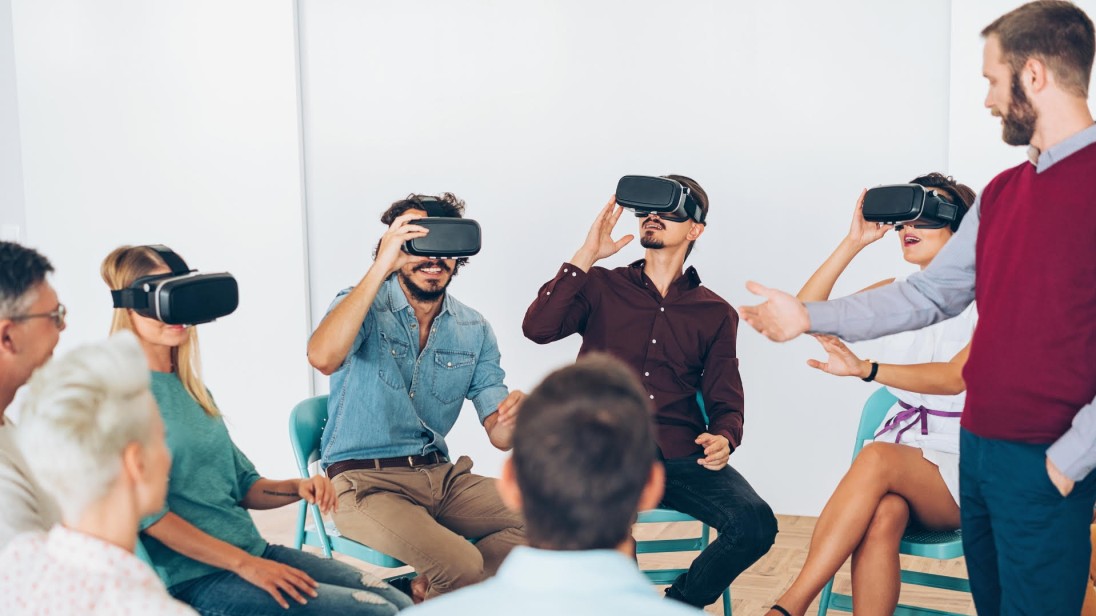
The Emotional Power of VR Storytelling
Advertising plays a crucial role in the life of every company, and VR extends the possibilities of using stories for this purpose. What brands can do is the so-called storying, which helps to get closer to the consumer. Consumers watching videos are also engaged differently in VR since their roles are more active, and this makes them remember the outcomes more clearly.
Real-Life Applications
For instance, a travel agency may transform users into a virtual tour, which enables them to feel the environment of the intended travel destination. This virtual feeling that is created may lead to emotions that might compel one to make a booking of a trip. In the same way, the brands within the non-profit segment can use virtual reality to raise awareness by sharing the highly dramatic narrative of the subjects they are working on and, thus, make an emotional call to action.
4. Personalized Advertising

Tailoring Ads to Consumers
Advertising can be executed very personally when applying Virtual Reality. The brands can then use data analytics to develop VR experiences so that consumers can only see the content that they will be interested in viewing. It also makes the advertising more personal which leads to more people paying attention to the advertisement being placed.
Examples of Tailored VR Ads
Think of a virtual reality advertisement for a home décor company that lets the customer select the interior of their preferred room, from the hue of the walls to furniture colors and trinkets and everything in between. It might also be made more personal by incorporating the user’s choice of style and price range into the VR setting. This level of customization not only increases the interest of the users but also commands a greater effect on the buying behavior of consumers because the latter is inclined to be more closely associated with the brand.
5. Gamified Ads

How Gamified Ads Work
Ads are very common, and putting some sort of game into the ads is a great idea; VR makes doing so significantly less difficult. Compared to regular VR ads, gamified VR ads are both entertaining and help to prolong engagement with the brand, which means that ad recall is stimulated. Through the use of rewards, challenges, and competitions, VR ads can develop feelings of accomplishment and increase user engagement.
Success Stories in VR Gamification
Virtual reality advertisements can incorporate game elements into their ad, in which the audience can complete a challenge that is only available for a limited time, such as playing with people’s FOMO or Fear of Missing Out.
For example, a company that is a sports brand may develop a VR game in which customers run marathons or other challenges in order to advertise their products. A similar example can be identified in a beverage firm that created a VR game where users interact by ‘throwing’ bottles of the approved drink and ‘catching’ them, with incentives for those who performed better. These aren’t just fun experiences; they also reinforce brand loyalty as the user may feel like part of that brand’s family.
6. Virtual Try-Ons
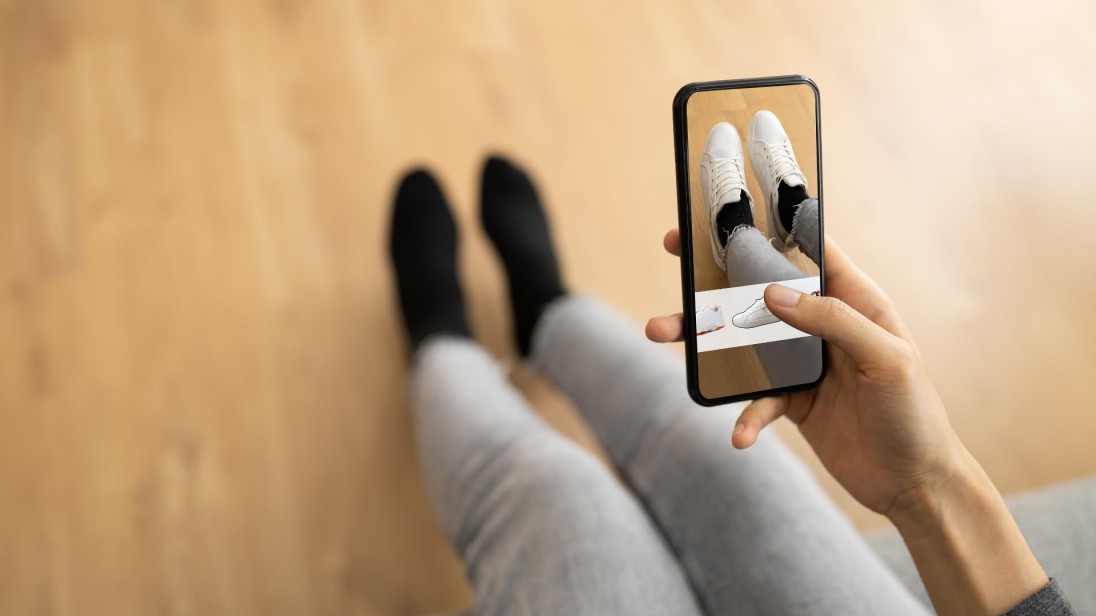
Solving the "Try Before You Buy" Problem
This is one of the biggest drawbacks of buying products via the Internet, especially clothes, shoes, or accessories. The issue is overcome by Virtual Try Ons, where the customers get an actual picture of how they would look wearing the product or how the product will look at their home before actually buying it. By doing this, this feature considerably lowers the risks many customers associate with online shopping so as to gain their confidence.
Innovations in Fashion and Beauty
For the fashion industry, clothes and accessories can be tried virtually, and for beauty products, customers can try makeup on virtually. Incorporating body scanning technology, these virtual try-ons can then be personalized to the user's fit according to their size and body shape. This not only benefits the customers by guiding them in making better decisions as consumers but also combats another big problem in e-commerce, which is high return rates. Thus, the beauty industry can use VR to let users practice makeup products and colors to enlighten their shopping experiences.
7. Interactive Retail Experiences

Bringing VR to Physical Stores
M-store businesses can also benefit from VR by being able to include experiences in their physical spaces. Apart from presenting mere products, physical shops can develop virtual environments that make shopping more effective compared to traditional stores.
Consumer Feedback and Engagement
For example, a sporting goods store could offer a VR experience where customers try equipment in action like testing out a smart trainer through virtual cycling, simulating real-world road conditions and landscapes. Apps like ROUVY make this possible by combining fitness and VR to deliver an interactive workout experience that also doubles as an engaging product demo.
8. Virtual Events and Expos
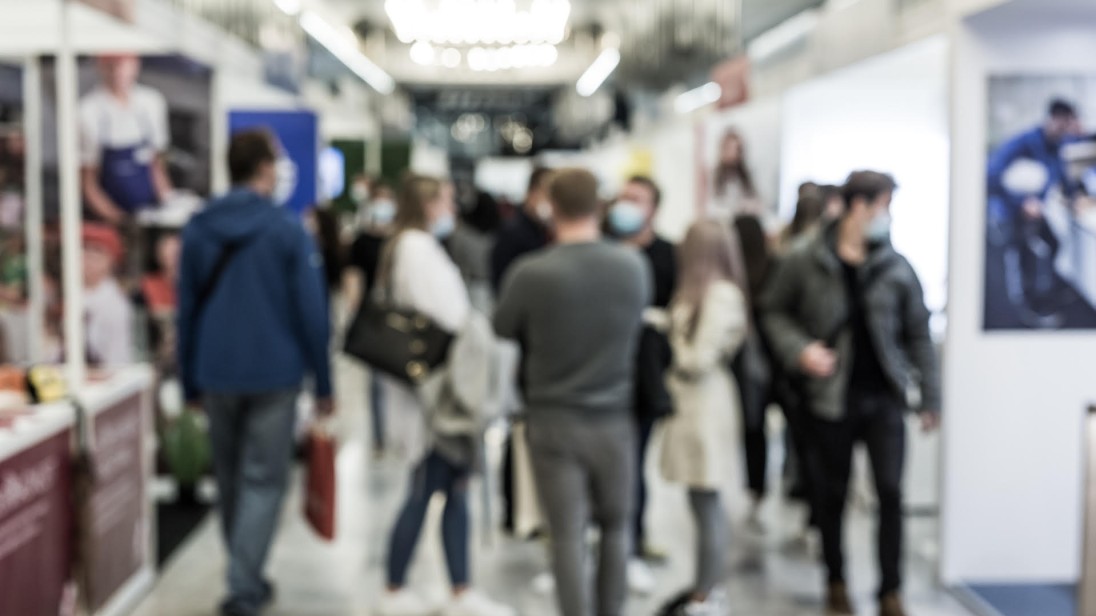
Why Virtual Events Are Gaining Popularity
Remote hosting of events proves to be more frequent. Products are launched virtually, and expos or trade shows can be held virtually, eliminating the geographic barriers associated with such events. Virtual represents the possibility for brands to present their products and achieve interaction with more participants.
Examples of Successful Campaigns
People can browse stands, talk to the representatives, and even communicate with people, using the virtual environment available. Such things as virtual car launches enable buyers to have a feel of the new models even before they get to the car dealerships. Such global technology fairs like CES have leveraged VR to bring such fairs to people by allowing them to join and explore various new technologies.
9. Location-Based VR Campaigns
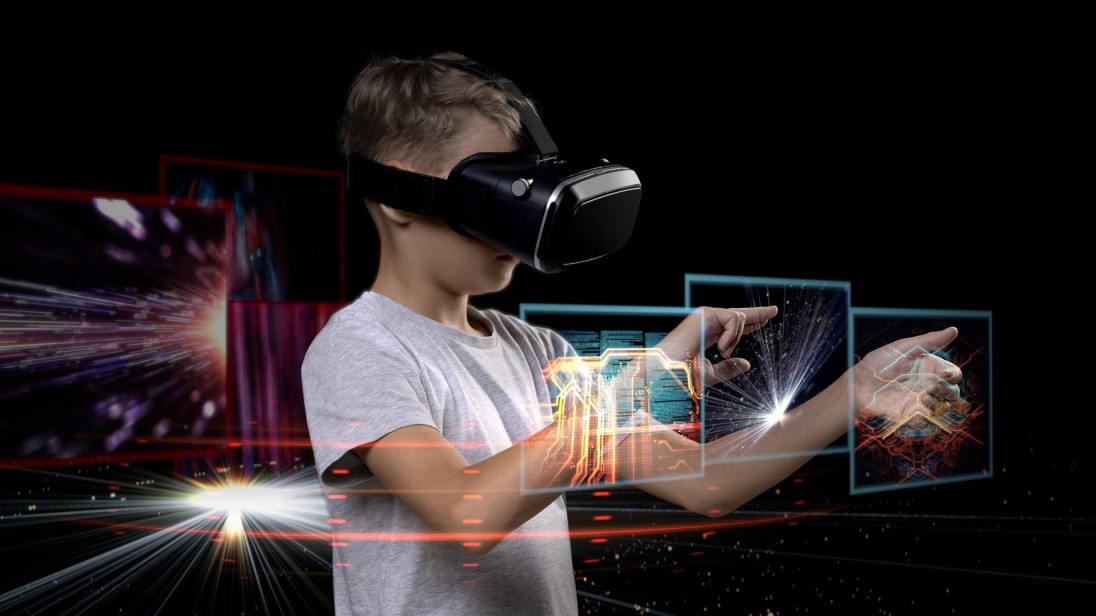
Geotargeting with VR
Location-based VR campaigns may incorporate some geography element to lure targeted users with experiences particular to the region. This offers brands the ability to become individually more pertinent and engaging to the local culture by displaying location-specific content.
Local Engagement Strategies
For instance, a tourism board could design an app that gives a VR view of the favorite tourist spots in a city for the people of that city only. Likewise, a local restaurant might allow the customers to have a virtual tour of its meals, and customers in the local area could receive a certain degree of discount. This strategy creates local involvement and interest in a particular business, as well as enlightening people to flood stores or specific places.
10. Enhanced Customer Insights
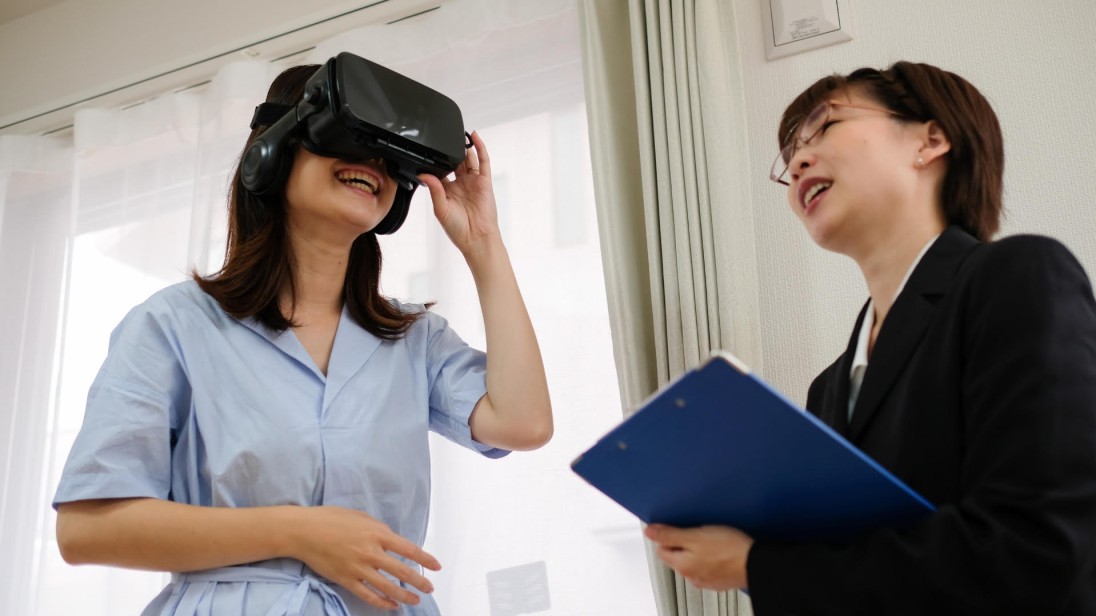
Collecting Valuable Data
The use of VR marketing also offers insights into consumer behavior. Thus, by analyzing people’s activity in virtual spaces, it is possible to identify what they find more interesting, which product they choose, and how they interact in this environment. The details can therefore be utilised in enhancing the marketing approaches and also enhancing the client experience.
Using Insights to Improve Campaigns
The integration of VR with AI-generated marketing tools helps brands track consumers’ activity in the virtual environment. They assist in enhancing campaigning to make sure that the advertisements get to the right demographic.
For example, if a brand realized that some users tend to linger more at a specific product in the virtual showroom, they could use that product more often in their advertisement. Such knowledge is useful in improving the shifted campaigns so that they will effectively make an impact on the market audience as well as enhance the overall conversion factors.
11. Training and Education Campaigns
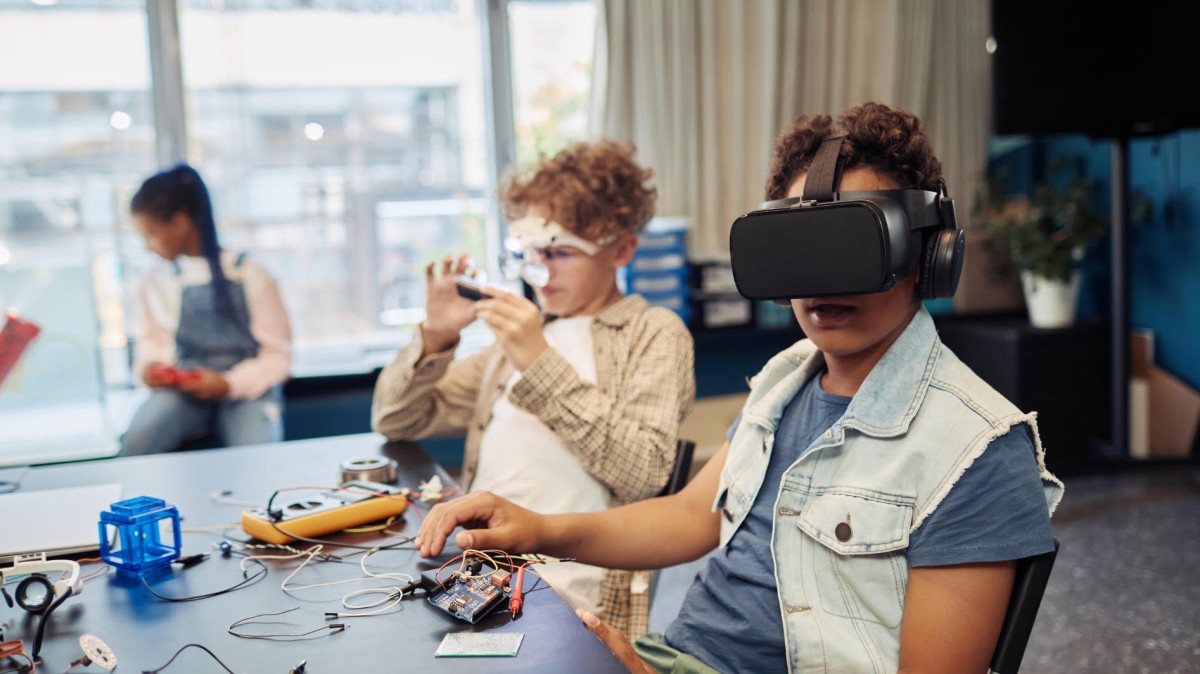
Learning through VR
It is also used for branding practices in training and educational activities that allow brands to educate their customers through the campaigns that they post. These can feature tutorials on the product being offered, a demonstration of how the product works, or even an emulation of what a customer should anticipate when engaging the service provider.
Building Brand Loyalty Through Education
For instance, a skincare firm may develop a VR demonstration on how to apply the creams they sell with the benefits of giving the client a practical lesson. This is a way of establishing trust and making the clients loyal customers since they are taught about leading brands and what they offer. As educational VR campaigns, they can also bring a sense of community since customers focus on materials that are useful for them.
12. Social Media and VR

Companies like Instagram are using VR to deliver experiences that customers can enjoy on social media. For example, brands can employ Instagram marketing tips such as using VR stories and reels that give users a view of products in a roundabout manner to engage them.
Amplifying VR Campaigns on Social Platforms
The brands can reach more people through social media platforms when the VR experiences are embedded into the accounts. Users can share their experiences in Virtual Reality and others will be interested in the content promoted by the brand. Instagram, Facebook, and YouTube have introduced VR content, so interacting with the audience has never been easier for brands.
User-Generated VR Content
This means that allowing users to also create their own VR content truly boosts the visibility of a brand. Brands can come up with innovative missions, or calls that would compel users to create their own VR clips, which can be shared on social media. This kind of consumer promotion is not only creating brand identity but also branding consumers to actualize their needs and share similar experiences that create a trusting society.
13. AR and VR Together
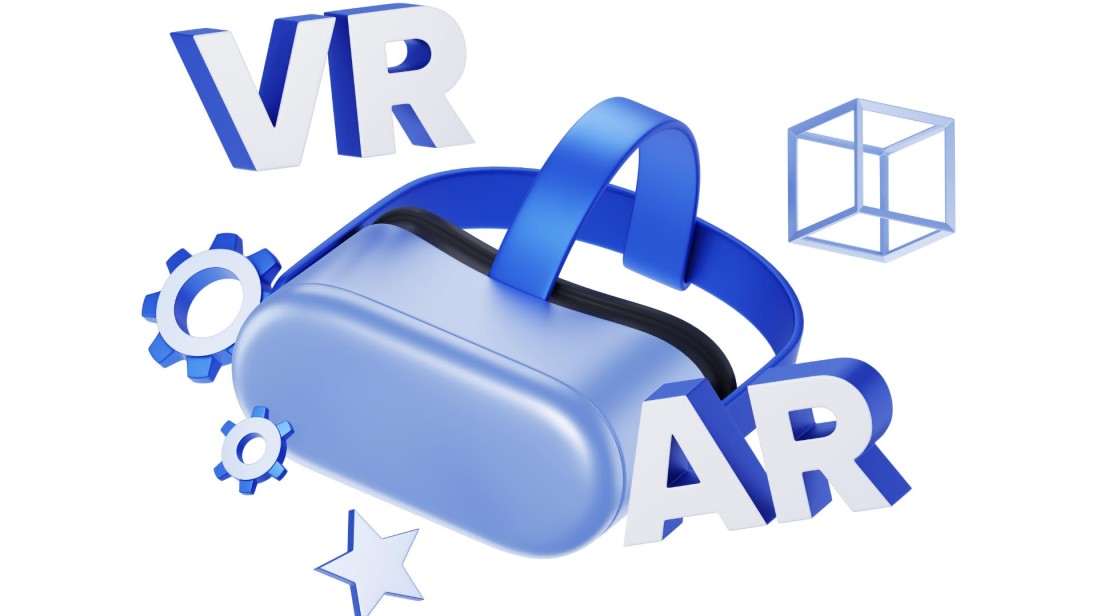
How AR Complements VR
AR is a perfect fit with VR: the two technologies complement each other in marketing. Whereas VR entails fully engaging the entire field of view with VEs, AR places virtual objects into the real world and lets users interact with them.
Collaborative Campaign Examples
For example, a real estate firm could use augmented reality to give people an idea of how a house would look in real life, while virtual reality offers a guided tour of the same home. Integrating these technologies improves the user experience with the interface because more levels of interaction and immersion are added together. AR can be applied to environments that have to be aesthetically improved, while VR offers a person an overall feeling of being inside the campaigns, making them more effective.
14. Global Reach with VR

Reducing Advertising Costs
With traditional advertisements, one usually expends a lot of resources since the target market is global. The use of VR marketing renders itself more viable by creating one virtual experience to be used by users across the world. These remove the need for a number of physical-related events or advertisements in various places, hence a general cut in advertising costs.
Ensuring Consistent Messaging
It also makes it possible to develop a single virtual experience with which users all over the world can interact. It has the benefit of saving money and delivering a single clear message to all markets. The great advantage for brands is that they can fully dictate all aspects of the experience, from the visuals to the messaging, so consumers across the world are receiving the same quality experiences.
Conclusion
Virtual reality marketing is not a trend but the future of the advertisement industry. Due to the possibility of creating completely engaging individual experiences, virtual reality shifts branding and advertising. This is a good start to a list of ideas, but the list goes on: Virtual showrooms, gamifying the ad themselves, and so much more. The usage of VR and AR in marketing is still developing over time, and brands will find new ways to strengthen and develop the usage of technology in their business. To any company that needs to keep up in today’s cutthroat advertising landscape, VR marketing is not a suggestion but a necessity.








